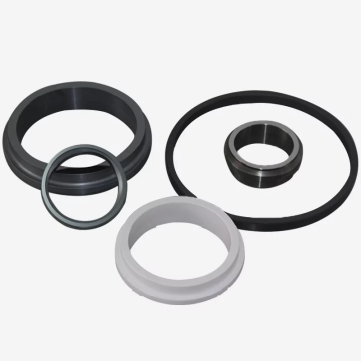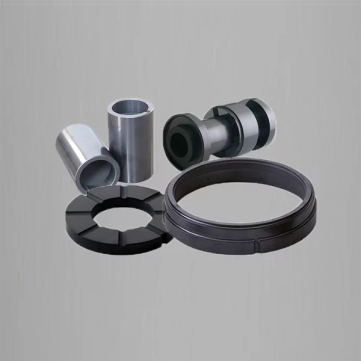One of the most important parts of your business is keeping your equipment in good working order. This includes everything from the engines that power your boats to the pumps that keep your tanks full of water. One of the most common problems with equipment is faulty seals – these are pieces of rubber or metal that fit around a rotating shaft and keep it from moving. If you have rotary shaft seal for your business, you need to install seals regularly to keep your equipment running smoothly.
Why Rotary Shaft Seals Are Better
Rotary shaft seals are a better option for your business because they are:
- More Durable: A rotary shaft sealis more durable than a typical rubber or metal seal. This is because it is made of a material that can withstand high temperatures and pressures.
- More Reliable: A rotary shaft seal is more reliable than a traditional rubber or metal seal because it does not leak. This is because it has tight tolerances, which means that the seal will fit properly and won’t allow fluid or air to enter or escape the engine.
- More Efficient: A rotary shaft sealis more efficient than a traditional rubber or metal seal because it reduces energy loss in the engine. This means that your engine will run smoother and require less fuel to operate.
How to Install a Rotary Shaft Seal
There are a few things you need to take into account when installing a rotary shaft seal:
- Make sure the surface on which the seal is being installed is clean and free from any oil, grease, or other debris. This will help ensure a proper bond between the seal and the surface.
- Clean the mating surfaces of the seal and component before installation. This will remove any dirt or oils that could impair installation.
- Apply a thin layer of sealant to both the sealing surface and component(s). Make sure that all edges of the sealant are properly coated in order to create an effective sealant barrier.
- Install the component in an upright position so that the sealing area is facing down towards the bearing or rotating element(s). Carefully line up the mating surfaces of the component and sealant, then press firmly together until adhesive forces have been established.
Conclusion
Installing a rotary shaft seal for your business can help to protect against leaks and ensure the longevity of your equipment. By following these simple steps, you can get the job done quickly and without any fuss. JUNTY group of companies is based in Chicago, Illinois. For more than two decades, we have supplied sealing products, wear-resistant parts, and components to the fluid and gas control industries all over the world. If you want to provide customers with quality products, we will always keep cooperating with you.






